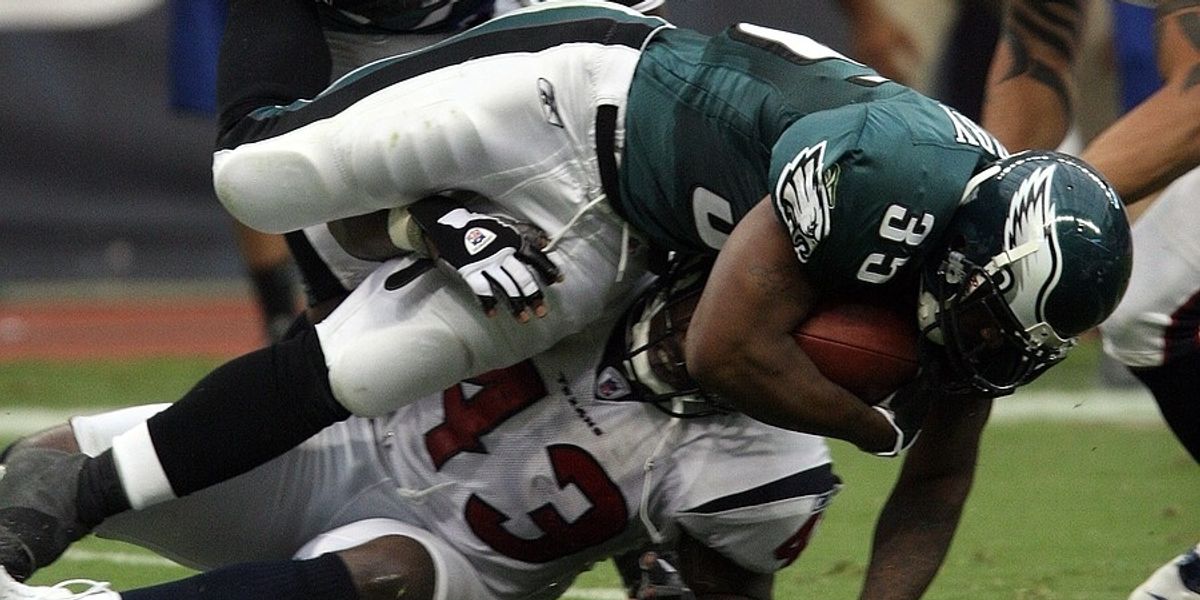What Ballet Could Learn from Football
A recent trip I took to Nashville coincided with the NFL draft. As we drove into town, my Uber driver was a fount of information on the subject.
I learned that there are 32 NFL teams and that the draft takes place over seven rounds. That the team that did the poorest during the previous season gets first pick. That during an earlier event called the scouting combine, the teams assess college football players and figure out who they want.
There is also the veteran combine for “free agents”—players who have been released from their contracts or whose contracts have expired. They might be very good players, but their team needs younger members or ones with a certain skill set. All year round, experienced NFL scouts scan games across the country, checking out players and feeding that information back to the teams. Players’ agents keep their eyes on opportunities for their clients which might be more rewarding.
While I sat in the traffic of 600,000 NFL fans I got thinking, is there something ballet could learn from football? Could a draft system improve young dancers’ prospects and overall company caliber and contentment?
Think about the dancer who languishes in a low rank in a company because the director will never promote them; of the director faced with a company without a coherent corps de ballet because the current dancers all feel they have already served their time in the ensemble; of the dancer who has to plan and budget auditions across the country in search of a job; of companies trying to hire and attract better dancers but lacking the reputation.
What if all ballet dancers had agents and ballet companies had scouts? What if once a year there was a ballet combine, at which pre-professional dancers and “free agents” could showcase their skills and be assessed by ballet companies across America like in a centralized audition? What if companies managed their contracts so that corps de ballet dancers who feel like they are stagnating had a concrete next step?
In the NFL, contracts are usually multi-year agreements with various options negotiated between the teams and the players’ agents. Ballet contracts are more like marriage. Some people stick to it for fear of what lies beyond in a “better the devil you know” sort of way. Yet, we pretty much all agree that our friend’s divorce was for the best.
What if there was a matchmaking umbrella organization which united American ballet companies, not as competitors, but as artistic communities, whose goal is making the best matches both for dancers throughout their relatively short careers and for companies who need the right dancers for their changing repertoire.
Many companies could argue they “grow their own” in their company school. However, in my experience, that only works for a few, and not necessarily for their entire careers.
I realize that ballet isn’t at all like the NFL, that currently there’s no centralized organization, and that budgets are miniscule in comparison with the money the NFL has to play around with.
But companies currently spend a lot of time and resources holding auditions and checking audition videos; and dancers spend a lot of money flying around the country to try out (some have to do so on the sly).
Finding a system to assist the natural and necessary flow of dancers through companies could benefit everyone involved.




